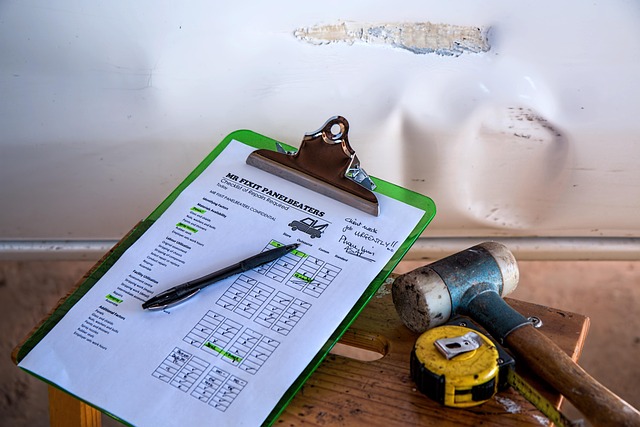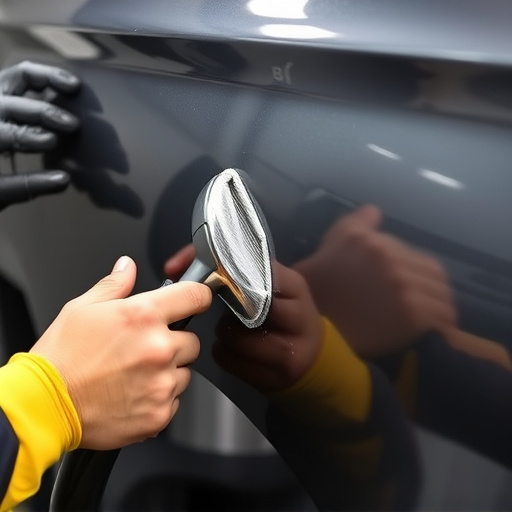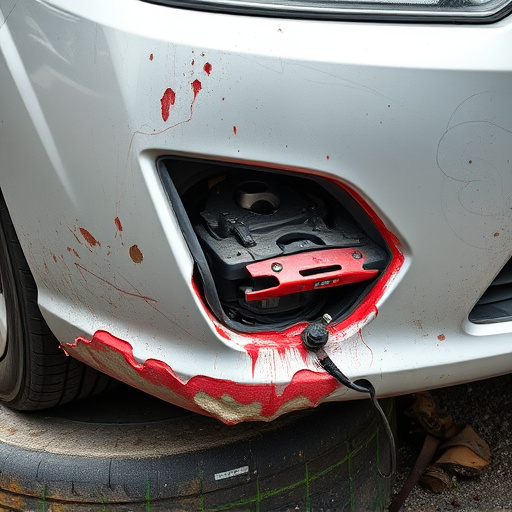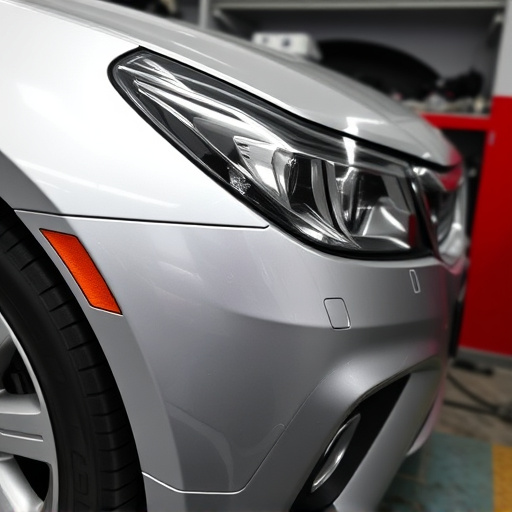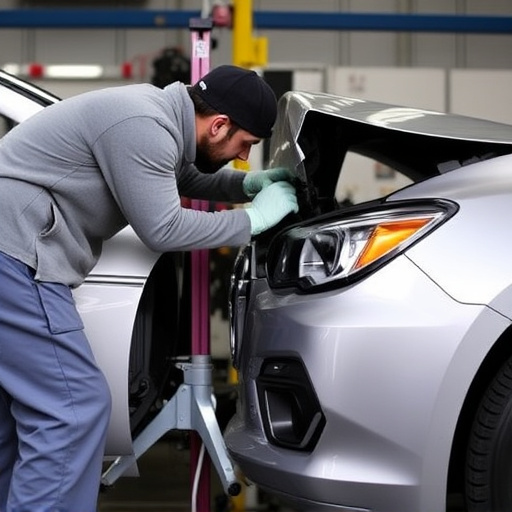Mercedes' advanced Electronic Stability Systems (ESS) enhance safety and handling by monitoring real-time vehicle data to detect potential loss of control. Upon detection, ESS intervenes to stabilize the vehicle, preventing skidding or rolling during challenging maneuvers. Specialized body shops must diagnose and fix ESC system issues through advanced tools and dynamic stability tests, ensuring repairs meet industry standards for enhanced safety, performance, and driver peace of mind.
Mercedes-Benz, renowned for its cutting-edge technology, has made significant strides in vehicle safety with its advanced Electronic Stability Control (ESC) systems. This article delves into the intricate process of repairing these complex systems, focusing on dynamic stability tests as the ultimate validation method. We explore how Mercedes ensures its electronic stability repairs meet the highest standards, ultimately enhancing vehicle performance and passenger safety. From diagnosis to testing, discover the meticulous steps that validate Mercedes electronic stability repair.
- Understanding Mercedes Electronic Stability Systems
- Repair Process: From Diagnosis to Validation
- Dynamic Stability Tests: Ensuring Optimal Performance
Understanding Mercedes Electronic Stability Systems
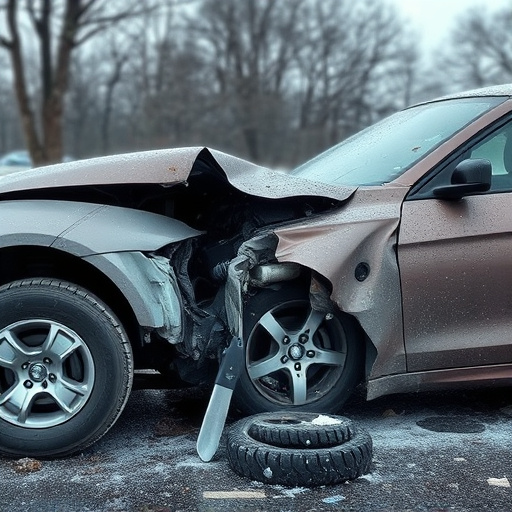
Mercedes Electronic Stability Systems are sophisticated pieces of technology designed to enhance vehicle safety and handling. These systems use a network of sensors, cameras, and processors to monitor wheel speed, steering angle, and other data in real-time. When detecting signs of loss of control or instability, the system intervenes by applying individual brakes and adjusting engine power to help stabilize the vehicle. This active intervention prevents skidding, sliding, or rolling during critical maneuvers or in adverse weather conditions, making Mercedes vehicles renowned for their excellent safety records.
Understanding how these systems work is crucial when considering Mercedes electronic stability repair. In the event of a car collision repair, ensuring that these electronic components are functioning correctly and accurately calibrated is essential. A vehicle body shop specializing in such repairs must have the right tools and expertise to diagnose and fix issues with the stability control unit, sensors, or other related parts. This ensures not just effective Mercedes electronic stability repair but also maintains the overall safety and performance of the vehicle, providing peace of mind for drivers on the road.
Repair Process: From Diagnosis to Validation

The Mercedes electronic stability repair process involves a meticulous journey from diagnosis to validation. It begins with technicians employing advanced diagnostic tools to pinpoint any faults within the vehicle’s electronic stability control (ESC) system. Once identified, the repair entails replacing or reprogramming faulty components, ensuring precise alignment and calibration for optimal performance.
Validation of these repairs is crucial, achieved through dynamic stability tests that mimic real-world driving conditions. These tests verify not just the technical fix but also the enhanced safety and handling characteristics of the vehicle post-repair. This meticulous approach ensures that every Mercedes electronic stability repair, whether conducted at a reputable auto repair shop or in a vehicle body shop specializing in vehicle restoration, meets stringent industry standards and provides drivers with unparalleled peace of mind.
Dynamic Stability Tests: Ensuring Optimal Performance

Dynamic Stability Tests are an integral part of Mercedes electronic stability repair processes, ensuring that vehicles equipped with advanced safety systems perform optimally in various driving conditions. These tests simulate real-world scenarios, such as slippery roads or sudden evasive maneuvers, to verify the effectiveness of the car’s electronic stability control (ESC) and anti-lock braking system (ABS). By subjecting vehicles to rigorous dynamic stability assessments, mechanics can identify any issues or inaccuracies in the electronic systems, which are crucial for maintaining vehicle control during critical situations.
This meticulous testing goes beyond mere inspection. It involves measuring the vehicle’s response to steering inputs, brake applications, and lateral forces, all while simulating conditions that might occur during a fender bender or severe weather events. The data gathered from these tests allows technicians to fine-tune the electronic stability repair, addressing any vulnerabilities in the car’s bodywork and ensuring it can handle challenging road conditions without compromising safety. This meticulous approach guarantees that Mercedes vehicles not only look sleek but also perform excellently, providing peace of mind for drivers on the road.
Mercedes electronic stability repair is a complex yet vital process, ensuring vehicles maintain optimal performance and safety. Through a comprehensive understanding of the system and dynamic stability tests, technicians can effectively diagnose and resolve issues. This meticulous approach, validated by rigorous testing, safeguards drivers and enhances the overall driving experience, making it crucial for maintaining the advanced capabilities of Mercedes electronic stability systems.




